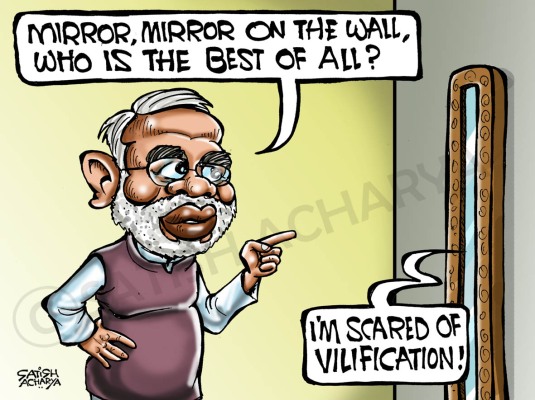Peoples’ Union For Democratic Rights (PUDR)

Date: 12 Apr. 2013,
Press Statement
Re: Rejection of Devinder Pal Bhullar’s plea by the Supreme Court
PUDR strongly denounces the Supreme Court’s dismissal this morning of Devinder Pal Singh Bhullar’s plea for commutation of the death sentence awarded to him to life. The issues at stake in this dismissal are multiple, that of clemency, death penalty, miscarriage of justice and precedence.
Bhullar was sentenced to death in 2003 for carrying out a bomb blast outside the Delhi Youth Congress office which killed nine people in 1993. He has been deemed mentally unstable. The High Court’s decision of upholding the death sentence was not a unanimous decision. After he was given the death sentence by the Supreme Court, he appealed to the then President of India for clemency in 2003. The President, after a lapse of over eight years, dismissed his mercy plea in 2011. Bhullar had sought commutation of his death penalty to life sentence by the Supreme Court on the ground that there was inordinate delay by the President over his plea for clemency.
The principle of jurisprudence lays down that a person cannot be punished twice for the same crime. Bhullar has already served 12 years in jail and now the consequent execution would strictly violate this principle of jurisprudence. Prolonged incarceration of a death row convict awaiting his execution qualifies as cruelty and violates Article 21 of the Indian Constitution.
Ideally there should have been a norm governing the delay in judicial processes and the relief granted thereof. In some instances, convicts have received relief for delays of 2 years, two and a half years, etc.In T.V.Vatheeswaran vs. State of Tamil Nadu (1983) 2 SCC 68 and Ediga Anamma vs. State of Andhra Pradesh (1974) 4 SCC 443 it has been held that a delay of two years was permissible beyond which the sentence ought to be converted to life. In Bhagwan Bux Singh & Anr. vs. The State of U.P. (1978) 1 SCC 214 similar observations were made with respect to a delay of two and a half years and in Sadhu Singh vs. State of U.P. (1978) 4 SCC 428 to a delay of three and a half years. Whereas, in the present instance, even if the delay in handing over the penalty (rejection of clemency) is 12 years, the convict is not entitled for any relief.
It is appalling to note that Supreme Court in its rejection of mercy plea has disregarded the mental health of Bhullar. Awarding death penalty to a person mentally unstable is a crime against humanity. The Supreme Court order hence stands as a serious miscarriage of justice and also dangerously escalates the possibility of such unjust judicial trends becoming the norm. On 6 April 2013, the Supreme Court in a progressive move ordered a temporary stay on the execution of 8 convicts on death row. Not just the apprehension of the present order in case of Bhullar affecting the fate of other prisoners of death row is daunting; equally alarming is the ambiguous position of Supreme Court on death penalty vacillating between two positions, one of relief due to delay in the delivery process and the other of no relief for the same.
In a democracy that guarantees the right to life as a fundamental life, death penalty should find no rationale. In fact, the state should see the execution of someone in its custody abhorrent. Death penalty is an act of retribution and presents the state as an arbiter of retributive justice. The very notion of justice is lost in the act of taking away a life to avenge the loss of another life. PUDR sees death penalty as a form of state violence and an escalator of a culture of hate. It infuses a sense of vengeance in society and reinforces the cycle of violence.
PUDR, while condemning the dismissal of the SC order, reiterates the dangers of having death penalty as sanctioned form of punishment and puts forward a demand for total abolition of the death penalty.
D. Manjit, Asish Gupta
Secretaries, PUDR
Related articles
- Constitutionally incorrect to hang the three, says judge who confirmed death for Rajiv killers #deathpenalty (kractivist.wordpress.com)
- House of Commons debate on the #DeathPenalty and Human Rights violations in India (kractivist.wordpress.com)




 Photo credit: Sudeep Kumar Guru Work on the Lower Suktel irrigation project in
Photo credit: Sudeep Kumar Guru Work on the Lower Suktel irrigation project in 













